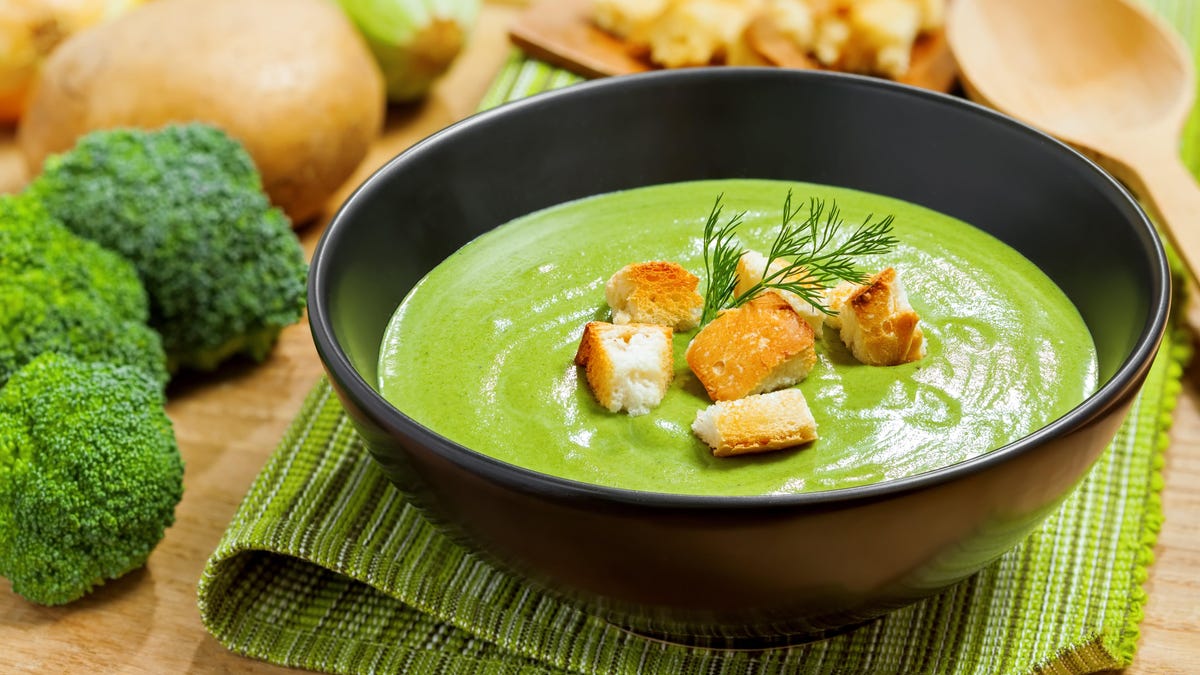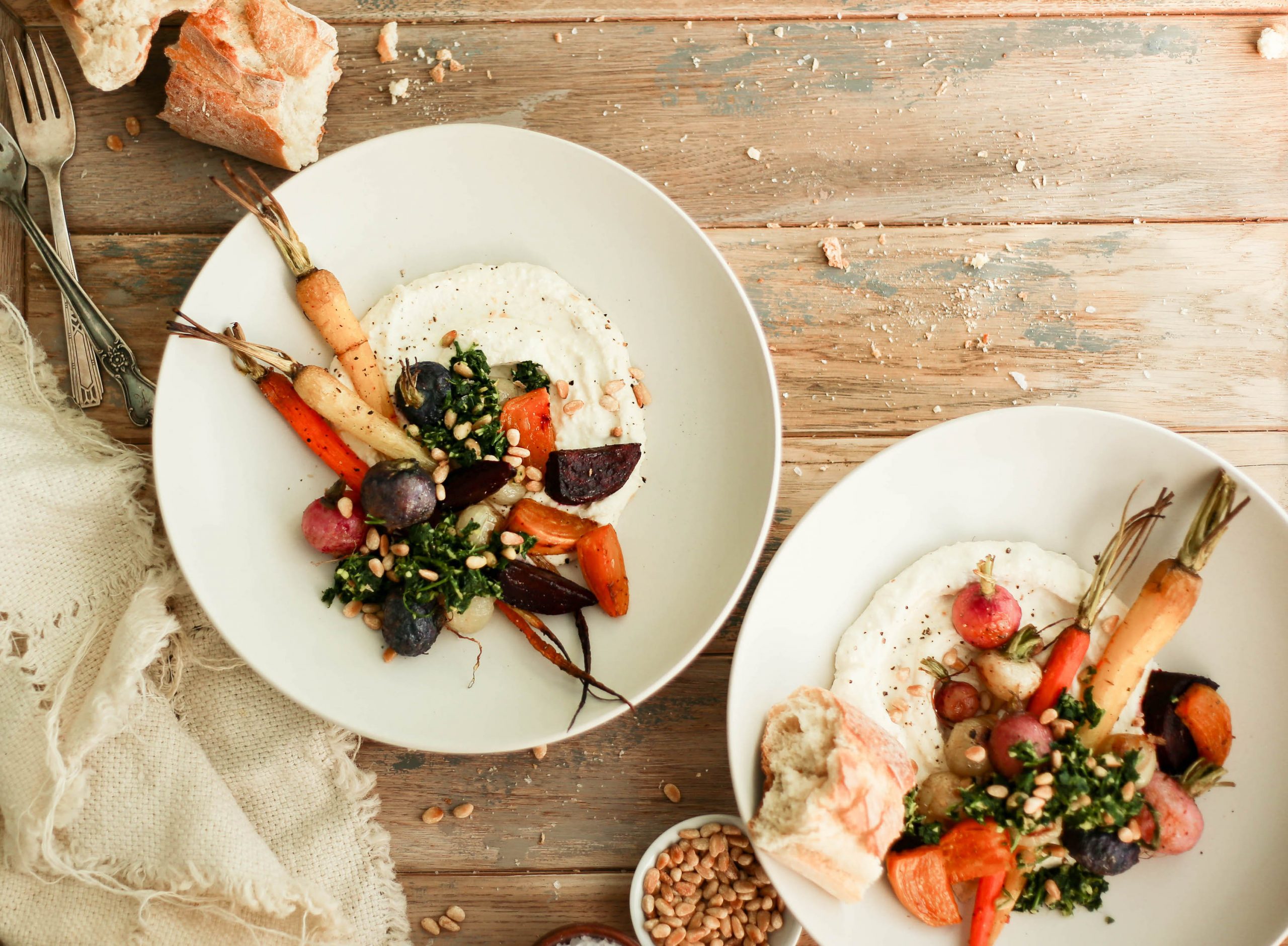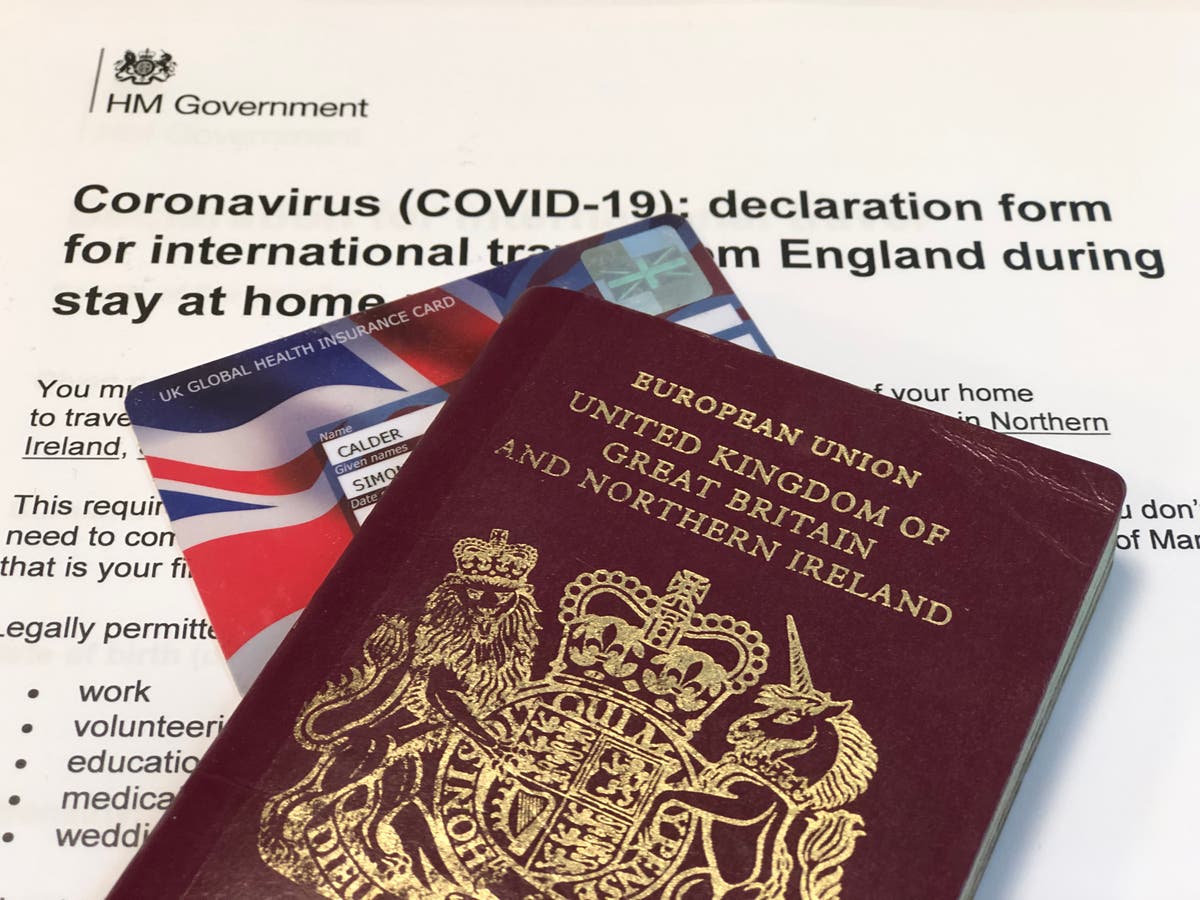Cook Veggies Faster With a Pinch of This
Most of us have had days where we just don’t have the time we thought we had to cook. Whether you’re juggling a five course meal, or your train got delayed and you now have 30 minutes to make...


Most of us have had days where we just don’t have the time we thought we had to cook. Whether you’re juggling a five course meal, or your train got delayed and you now have 30 minutes to make your famous split pea soup, it would be great to have a magic wand that would instantly render your sturdy cruciferous vegetables or beans perfectly cooked. Well, it’s no wand, and it’s not quite instant, but there is likely a handy little chemical in your cabinet that can reduce the cooking time of many stubborn veggies and legumes: Baking soda.
Baking soda has the ability to speed up the cooking and browning of meats, and luckily, it can do the same with vegetables. I first stumbled upon this technique during a time when I was obsessed with making creamy vegetable soup. My boyfriend is lactose intolerant, so I sought a soup that tasted gloriously creamy without any cream. The fat in cream encourages emulsification, which is super helpful when blending tough vegetables like broccoli, and I was not hopeful I could get my soup to a creamy, dreamy place without it. If you’ve ever had a watery, gritty, cream-less cream soup, you probably understand my state of dread.
After perusing internet recipes, I left my computer unsatisfied and turned to my cookbooks. Skimming through my old America’s Test Kitchen cookbook, I discovered their broccoli-cheese soup recipe (its subscription-locked on their website, but there are copycat recipes around) where they get the broccoli to break down to an ultra-soft state without leaving it in the pot for the better portion of an hour. Since I knew I’d be taking out any cheese or cream involved, super-soft, blendable broccoli was going to be my only hope for achieving a velvety smooth soup.
I was apprehensive at first. Barely more than a pinch of baking soda in a potful of broccoli? If that’s all, then do I even need it? I resisted the urge to add more baking soda, or to remove it entirely from the recipe. After following the directions, I could barely believe my eyes. After one stir, halfway through the cooking time, the broccoli was completely broken down (and I mean this in the best way possible), and it happened 20 to 30 minutes faster than it would had if I did not include the dash of baking soda. I continued with the recipe, sans cheese, and I was rewarded with the absolute best broccoli soup I’ve ever eaten, creamed, cheesed, or not. The texture was luxurious, with nary a gritty bit in sight. The color was bright because of the addition of a few spinach leaves, and the flavor! The flavor was distinctly that of pure, verdant broccoli. (Not the flavor of overcooked, sulfuric, farty broccoli.) This is the only broccoli soup for me. I don’t add cheese even if I’m only making it for myself.
Why does baking soda soften vegetables quickly?
A small amount of baking soda added to dry beans, broccoli, carrot, or potato boiling water destroys the plant’s cell walls faster than heat alone, because of the alkaline environment it creates. This allows starches to come out to play much faster. These starches gelatinize, making tough root veggies softer, faster, so you can get on with your meal.
Be careful, though, as with great culinary knowledge comes great responsibility. As Cook’s Illustrated explains, be mindful not to get heavy-handed with adding baking soda. Just a smidge, usually between ⅛ - ½ teaspoon for an entire recipe, is plenty to get the softened vegetables, or the quick browning from the Maillard reaction, that you’re looking for. Anything more than that and the vegetables will take on a soapy, or off, flavor. Now go, and soften veggies with your wisdom.

 Aliver
Aliver 
































